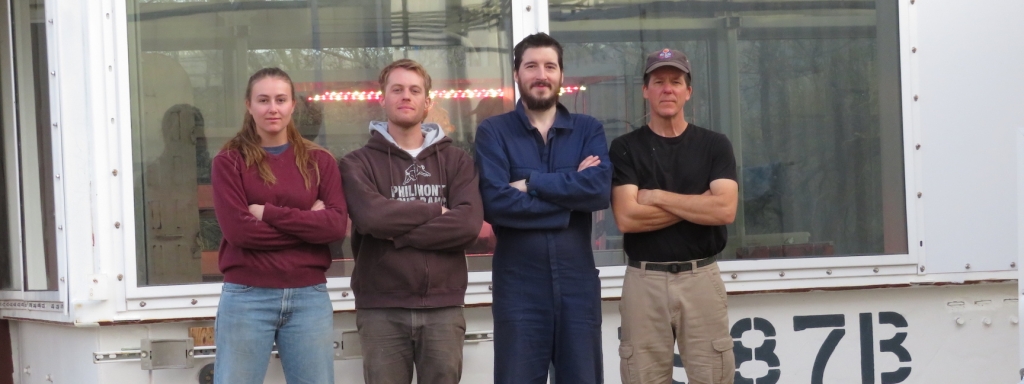
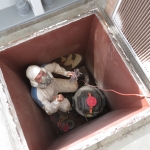 As one who has managed teams for more than thirty years, in computer software development, business, and construction, I have come to recognize a number of things about myself in that leadership role: I work best with a dozen or fewer individuals; I am often the most difficult person on my team while setting an example for how to work through difficult times; I am thrilled when my team members arrive to solutions that surpass my own, when someone learns a new skill or accomplishes something for which we are proud.
As one who has managed teams for more than thirty years, in computer software development, business, and construction, I have come to recognize a number of things about myself in that leadership role: I work best with a dozen or fewer individuals; I am often the most difficult person on my team while setting an example for how to work through difficult times; I am thrilled when my team members arrive to solutions that surpass my own, when someone learns a new skill or accomplishes something for which we are proud.
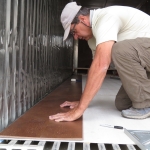 It doesn’t really matter to me what we are doing together—landscaping, metal work, electrical wiring or plumbing, computer software, robotics, or combining them all to build a Mars habitat—as long as we are engaged in a manner that celebrates who we are as individuals and how we perform as a team. It’s about finding a rhythm, a dynamic, flexible flow even when the music is always changing.
It doesn’t really matter to me what we are doing together—landscaping, metal work, electrical wiring or plumbing, computer software, robotics, or combining them all to build a Mars habitat—as long as we are engaged in a manner that celebrates who we are as individuals and how we perform as a team. It’s about finding a rhythm, a dynamic, flexible flow even when the music is always changing.
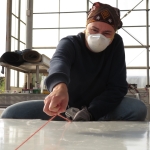 In the fall of 2020 Trent and I estimated that SAM could be operational in six months with a half dozen volunteers, then grow over time. With the close of January 2023 we will complete our second year of construction with some thirty volunteers and contracted team members. SAM has grown, the physical habitat itself now part of the experiment. The end result will be a higher fidelity facility than we had originally envisioned, with substantial opportunity to grow.
In the fall of 2020 Trent and I estimated that SAM could be operational in six months with a half dozen volunteers, then grow over time. With the close of January 2023 we will complete our second year of construction with some thirty volunteers and contracted team members. SAM has grown, the physical habitat itself now part of the experiment. The end result will be a higher fidelity facility than we had originally envisioned, with substantial opportunity to grow.
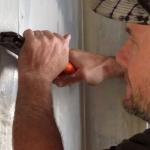 SAM is a work of passion and a labor of love. It is the kind of project that people will look back to and say, “I was a part of SAM, I was there at the beginning.” We’re doing something wonderfully unique while echoing the work of the original Biospherians, our hands directly involved in metal, glass, and paint. I would not build SAM any other way for no amount of funding can replace the experience we have gained, and the sense of accomplishment each team member carries with them.
SAM is a work of passion and a labor of love. It is the kind of project that people will look back to and say, “I was a part of SAM, I was there at the beginning.” We’re doing something wonderfully unique while echoing the work of the original Biospherians, our hands directly involved in metal, glass, and paint. I would not build SAM any other way for no amount of funding can replace the experience we have gained, and the sense of accomplishment each team member carries with them.
When visiting research teams engage SAM we hope they will carry findings, ideas, and personal experience to help shape a better world here, today, as we prepare to become interplanetary. —Kai Staats, Director of Research of SAM at Biosphere 2

